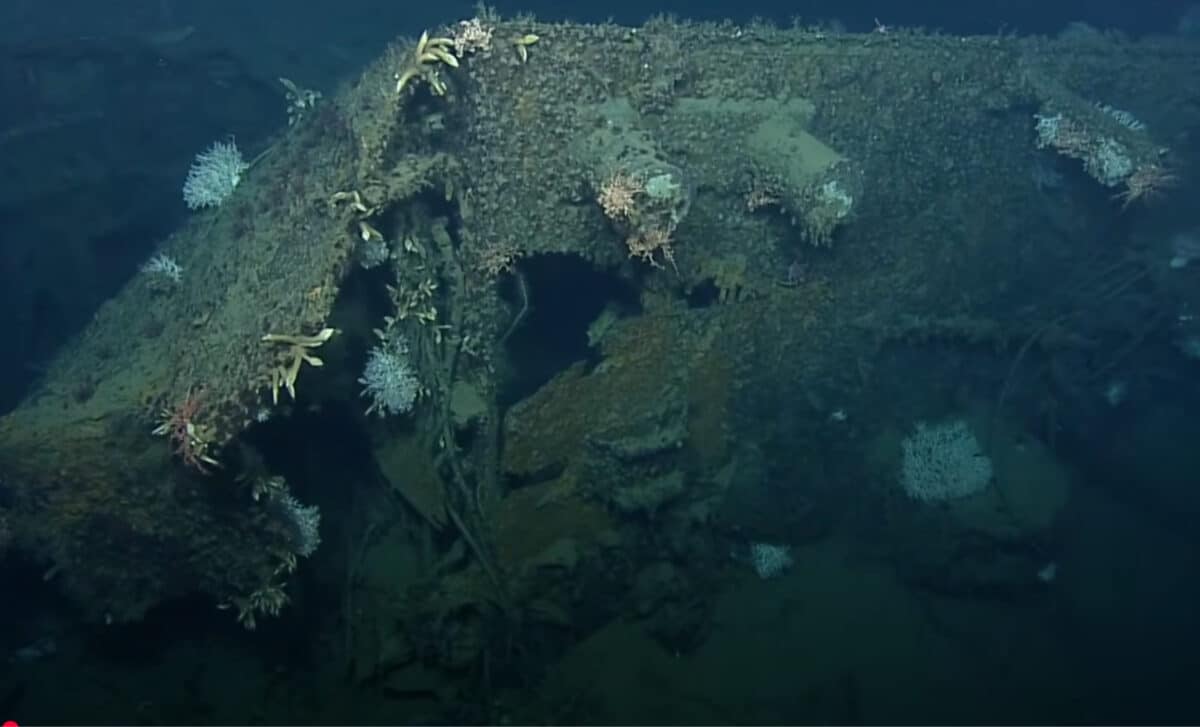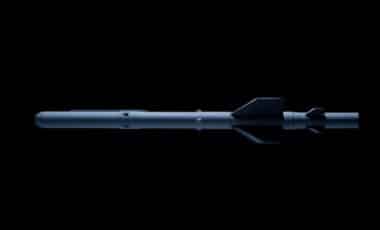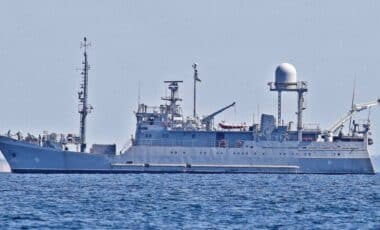In a remarkable turn of events, the missing bow of the USS New Orleans, lost during the fierce Battle of Tassafaronga in 1942, has been located after 83 years. The discovery was made in the Solomon Islands’ Iron Bottom Sound by the Ocean Exploration Trust and NOAA, bringing new insight into a historic naval disaster.
The USS New Orleans was struck by a Japanese torpedo during the Battle of Tassafaronga, causing a devastating explosion that killed 182 of its crew and blew off the ship’s bow. This crucial part of the cruiser was believed to have been lost to the depths of the Pacific Ocean, until an underwater expedition in 2025 finally found it.
Russia Set to Become Only Global Superpower Without Aircraft Carrier
The Battle of Tassafaronga: A Turning Point
On November 30, 1942, the USS New Orleans was heavily damaged during the Battle of Tassafaronga, a critical naval engagement off the coast of Guadalcanal. A Japanese torpedo directly hit the bow of the cruiser, igniting its forward magazines and triggering an explosion that tore away the ship’s front, sinking a portion of it beneath the waves. According to the Ocean Exploration Trust, around 100 feet of the ship’s bow was lost during the blast.
Despite the severity of the damage, the crew’s resilience prevented the cruiser from sinking. The ship’s surviving sailors, including damage control personnel, refused to abandon the vessel. Their quick thinking and tireless work helped keep the USS New Orleans afloat, despite the overwhelming odds against them. The ship was able to escape the battlefield with the help of an auxiliary ship and was later patched up using makeshift materials like coconut trees.
Heroic Crew and Surprising Survival
Although the USS New Orleans had suffered catastrophic damage, the crew’s actions ensured the ship’s survival. After the explosion, three sailors stayed at their posts, ensuring the ship remained afloat despite the deadly fire and smoke. Tragically, these sailors died from smoke inhalation, but their heroism was instrumental in saving the ship.
Rear Admiral Samuel J. Cox, director of the Naval History and Heritage Command, commented on the event, calling the survival of the USS New Orleans “remarkable.” He emphasized that, “By all rights, this ship should have sunk, but due to the heroic damage control efforts of her crew, USS New Orleans became the most grievously damaged US cruiser in World War II to actually survive.”
Despite being without a functional bow, the crew managed to fashion a temporary solution. They used local resources to build a rudimentary working bow, allowing the ship to continue its journey—although it could no longer turn. The USS New Orleans eventually made its way to Australia, navigating in reverse, before undergoing repairs that enabled it to return to combat.
Technological Breakthroughs and Underwater Discovery
In 2025, the wreckage of the USS New Orleans’ bow was discovered in Iron Bottom Sound, a region well-known for its role in World War II naval battles. The area had been the site of numerous shipwrecks, with many vessels lost during intense combat. The expedition, conducted by the Ocean Exploration Trust, led by Robert Ballard, was part of an ongoing archaeological survey of the waters.
Using a remotely operated vehicle (ROV), the crew of the research vessel Nautilus was able to capture live footage of the wreck. According to Daniel Wagner, the Chief Scientist at the Ocean Exploration Trust, the identification process involved collaboration between experts across the globe, who analyzed the wreck in real time.
They identified key features, including the turret and anchor, confirming it was the missing bow of the USS New Orleans. The discovery adds another layer to the growing understanding of naval history in the Pacific theater during World War II.
While there are currently no plans for recovery efforts, the ongoing expedition continues to explore Iron Bottom Sound, with hopes of uncovering more sunken ships from the era.








